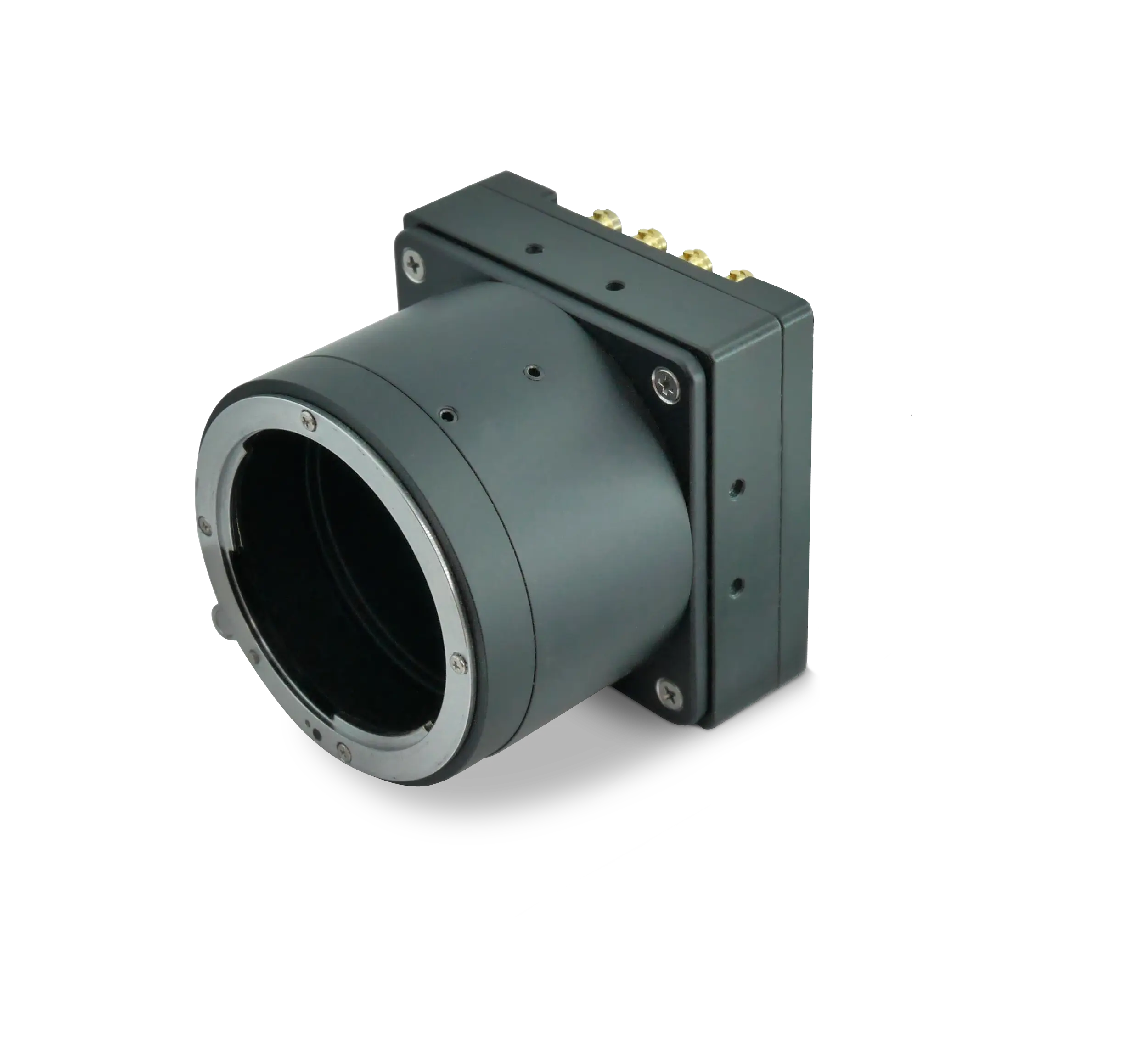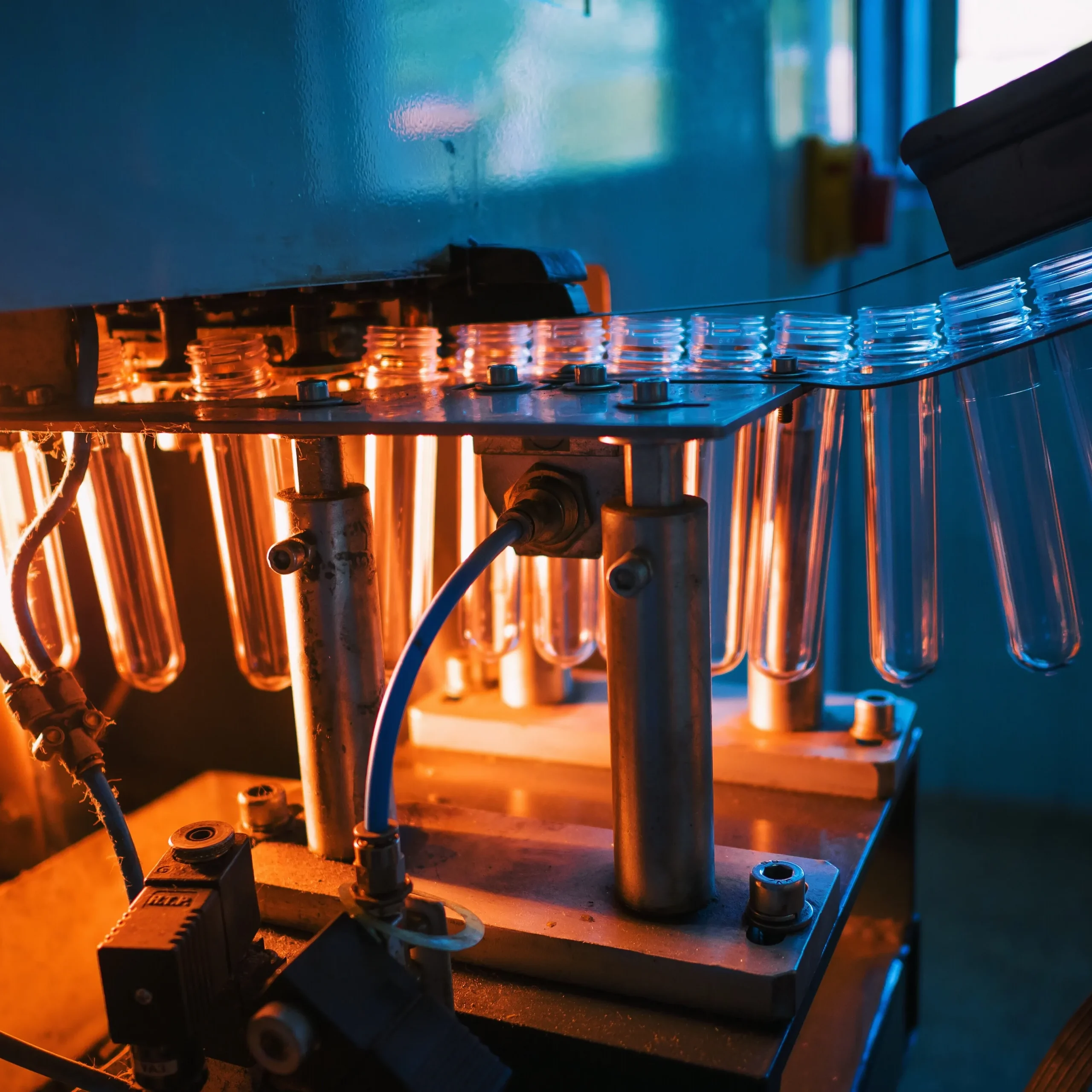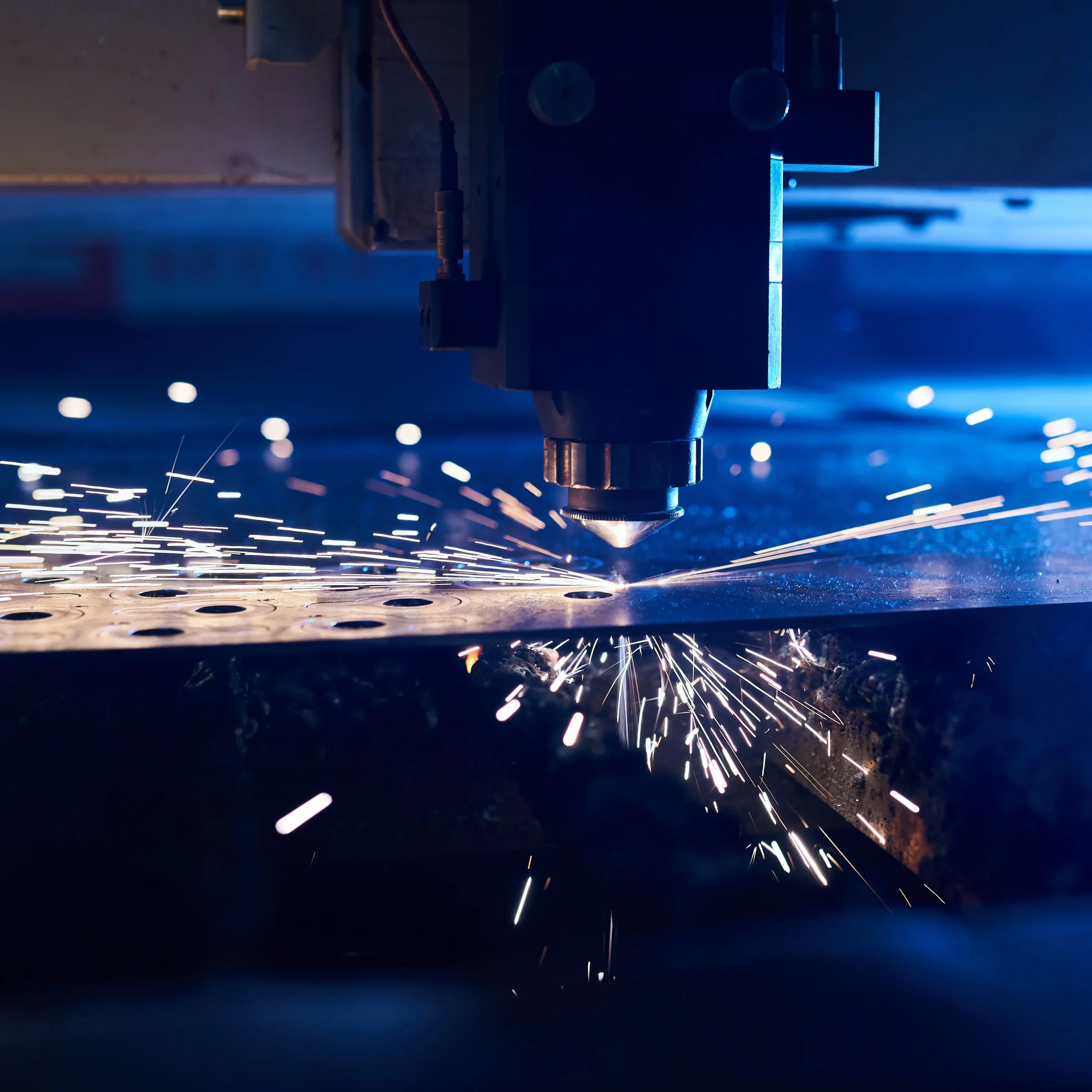The explosion of data-driven decision making in professional and collegiate sports has created an insatiable appetite for richer, faster, and more reliable insights. From instant coaching feedback to immersive fan engagement, the modern arena is no longer judged solely by the quality of the seats or the size of the video wall—it is measured by how seamlessly it turns gameplay into actionable information. At the heart of this transformation lies machine vision player tracking. By embedding compact OEM cameras directly into stadium architecture, organizers can capture every movement, pass, and shot in real time, sending data from the court to the cloud with sub-second latency.
Why Compact OEM Cameras Matter
Traditional broadcast cameras were designed to please television audiences, not machine learning models. They are large, heavy, and optimized for human viewing angles. Tracking algorithms, however, crave high-frequency, distortion-free images with deterministic timing. This is where the KAYA Vision Iron family redefines the playing field. Ultra-small housing, wide temperature tolerance, and CoaXPress v2.x interfaces let integrators install units behind backboards, under scoreboards, or even inside LED advertising ribbons without affecting sightlines.
Two models illustrate this perfectly:
- Iron 2011E—a 513 fps global-shutter marvel weighing under 100 g. Its 6.5 µm pixels and 1-inch sensor capture crisp, low-noise monochrome streams ideal for skeletonization and pose estimation.
- Iron 255—leveraging the Sony Pregius IMX255, it delivers 87 fps 4K cinema-grade imagery in a wallet-sized 44 mm enclosure, balancing resolution and speed for mixed broadcast/analytics workflows.
When dozens of such compact OEM cameras ring the playing surface, each contributes a synchronized feed to a central edge server. The result is a lattice of visual data dense enough to track ball spin as well as player acceleration.
Building the Real-Time Pipeline
The pipeline from photons to dashboards involves five critical stages:
- Acquisition—Iron cameras expose as low as 2.6 µs on the 2011E (10 µs on the 255), freezing the fastest tennis serve. Their CoaXPress outputs stream raw frames straight into frame grabbers at up to 12.5 Gbps per channel.
- Pre-processing—On-camera ROI, LUT, and defect-pixel correction reduce payload size, while the GenCam API keeps parameter control unified across all units.
- Edge AI—A GPU node courtside runs CNNs that detect skeletal keypoints and tag jersey numbers. Thanks to deterministic trigger lines, frames arrive with nanosecond-level timestamps, allowing multi-camera triangulation.
- Aggregation—Positional vectors are published via MQTT to the arena network. Because the Iron 2011E and Iron 255 consume under 4 W and 3.2 W respectively, PoCXP cabling doubles as power and data, slashing infrastructure overhead.
- Visualization & Storage—Cloud microservices attach contextual metadata—play clock, shot zone, defensive matchup—and render rich overlays on mobile apps or Jumbotrons within two possessions.
Accuracy That Changes Coaching
Coaches once relied on video coordinators to tag events overnight. Now, real-time sports analytics quantifies closing speed, pick-and-roll coverage, and fatigue indicators before the next timeout. The low temporal noise (<6.2 e- on Iron 2011E, <2.2 e- on Iron 255) means fewer false positives when separating wrist flicks from shot fakes. Dynamic range above 70 dB on both models ensures jersey numbers remain readable in uneven arena lighting, boosting attribution accuracy.
Fan Engagement Beyond the Jumbotron
For spectators, latency is king. When a three-pointer swishes, people expect an immediate graphic displaying release angle and arc height. A buffer of even 300 ms feels sluggish. Microsecond-class exposures (2.6 µs on the Iron 2011E and 10 µs on the Iron 255), together with FPGA-based frame grabbers, keep total glass-to-glass delay under 120 ms—well below perceptual thresholds.
Meanwhile, mobile apps can offer alternate reality views. By ingesting machine vision player tracking data, they allow users to pivot virtual camera angles, highlight heat maps, or replay a rally with velocity vectors overlayed.
Environmental Ruggedness Inside Chaotic Arenas
Basketball arenas cycle between pyrotechnic intros, ice-cold hockey nights, and humid concert setups. KAYA Vision designs its industrial-grade Iron models—such as the 2011E and 0505—to operate from –40 °C to 80 °C and to comply with MIL-STD-810G shock and vibration. Even the broadcast-friendly Iron 255 endures –40 °C to 70 °C. Optional IP67 lens tubes fend off Gatorade showers and confetti cannons alike. That robustness prevents downtime during playoffs, when sensor failure could mean lost broadcast revenue.
Scaling to Multi-Sport Complexes
Arenas hosting basketball, volleyball, and esports on consecutive nights need cameras that adapt quickly. Via GenCam, an operator can load a preset: full 4K readout for basketball, high-speed 512 × 512 ROI for volleyball spike analysis, or HDR mode for LED-lit esports stages. The compact OEM cameras remain stationary; only firmware profiles switch, minimizing mechanical adjustments.
Security and Data Ownership
Because feeds travel on a closed CoaXPress network, teams maintain full custody of raw imagery, eliminating third-party cloud breaches. Encryption can be applied at the edge before metadata leaves the arena. That satisfies player-privacy regulations while still enabling aggregated insights for betting partners or league statisticians.
The Road to Autonomous Production
With dense machine vision player tracking in place, many facilities pursue automated camera switching. Pose estimation feeds trigger PTZ presets, ensuring the television cut follows the ball without human operators. Eventually, ultra-wide Iron 0505 sensors can provide virtual pan-and-scan regions, letting directors crop multiple 1080p windows from one 5K master stream. The commonality across the Iron platform—global-shutter options on 2011E, 255, and 0505, deterministic triggers, and a shared GenCam schema—means future upgrades need only firmware licenses, protecting capital investment.




